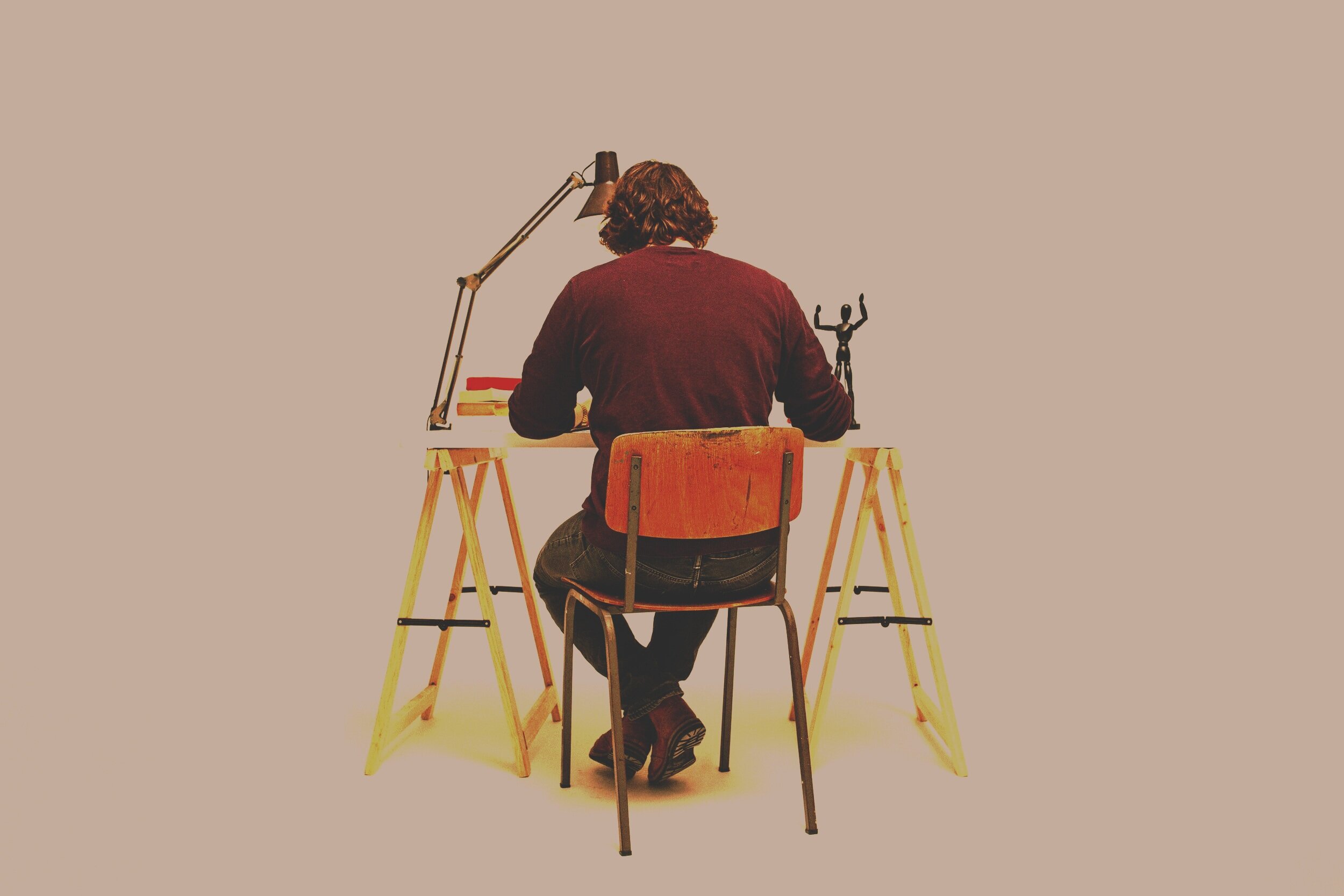Decomposition in Design
When taking my first computer science class, I learned about the concept of decomposition. It is the idea of breaking down a task into smaller parts that are easier to work with. In programming, this is presented as a task that is to be broken into multiple simpler functions that work together to conduct the task. This concept was one that I immediately realized could be translated into other aspects of life. Decomposition from coding could be used for drawing or design. It became an essential part of how I view and approach any problem.
Painting was one of the first skills I learned. There was a pattern to be found in it. One learns to break images down into lines and shapes followed by layers of colors. The same pattern– finding shapes and lines– could be applied to drawing as well. Decomposition is commonly seen and understood in design without always acknowledging it.
When learning the importance of decomposition in my computer science class, I realized that breakdown of components was an idea I was already familiar with from learning how to layer paintings. This connection made it that much easier to learn how to apply it in other instances beyond programming and painting such as design.
This is also a skill that rewires your brain to think in a certain way that makes it easier to approach things in a simpler way. When running into issues while working on a personal project, I realized that I followed the same train of thought as when programming. I would figure out what the problem was and ask myself a series of questions, such as:
What do I already know?
In what ways can I approach this topic?
What am I trying to achieve?
What variations have not been tried?
What steps go together?
When taking on a complex problem, sometimes it can be overwhelming to decide where to begin. Depending on your previous knowledge or experience you may approach it differently than others, but typically you start by breaking it down in some way. When learning about decomposition this thought process came to mind. You take the big picture or problem and break it down into recognizable tasks. You start by figuring out what you know about the problem at hand, then you figure out what needs to be fixed or adjusted. This applies when innovating or creating a solution.
Let’s take the example of innovating a product for a competition. You start by finding products you know could be better in a specific way. You may narrow it down to two or three products possibly within the same realm. You know what is considered to be faulty or missing from the product. By establishing that, you know what your goal is with the product. You find different approaches to how to add components or fix the current product by simplifying or changing it in a way. You may do some research to see what has been tried by others and may even get innovative ideas through your research. You create a plan of how to move forward by continuing to ask the same types of questions in each step of the process. From ideation, to prototyping, to determining the next steps of the product and every step in between, you continue to simplify by applying this breakdown process.
These questions begin to become automatic as you continue to practice this breakdown. The continual practice allows your brain to start thinking in that pattern when approaching a problem or task. This also allows you to better understand and communicate when working with others.
When working with others, it’s important to be able to fully understand the different parts of a task, what the goal is, the approach being taken, and how to communicate it. As you learn to rewire your thinking into a structured breakdown you have a better grasp of what parts you may not be understanding. You also have a better understanding of what other members of your group are working on and how all the distinct parts work together.
The concept of decomposition is very versatile. There are various applications found in different areas of study that help us think in a structured way. This can be shown from an outline when writing to sketches when painting. The goal is always to have a guided direction to the task at hand. Decomposition allows us to build upon current understanding and continue to simplify our tasks. No matter the problems you face, from coding to design, the process of decomposition is a useful skill to remember.
To cite this article:
Cortes, Joselyn. “Decomposition in Design.” The BYU Design Review, 17 May 2024, https://www.designreview.byu.edu/collections/decomposition-in-design.








